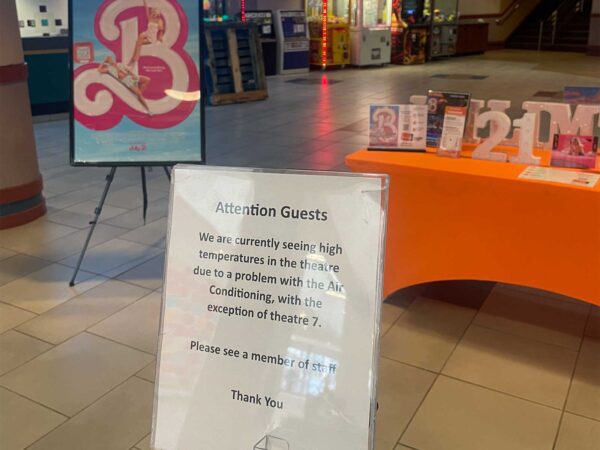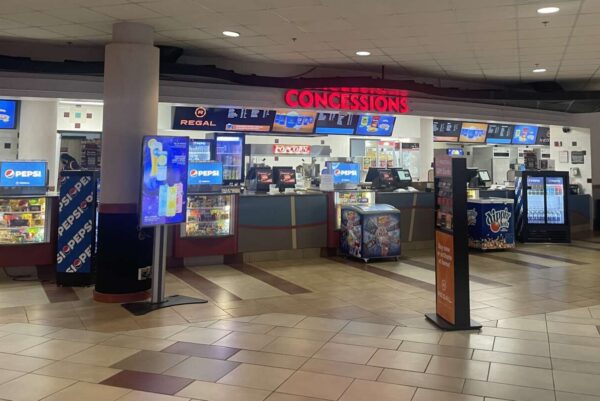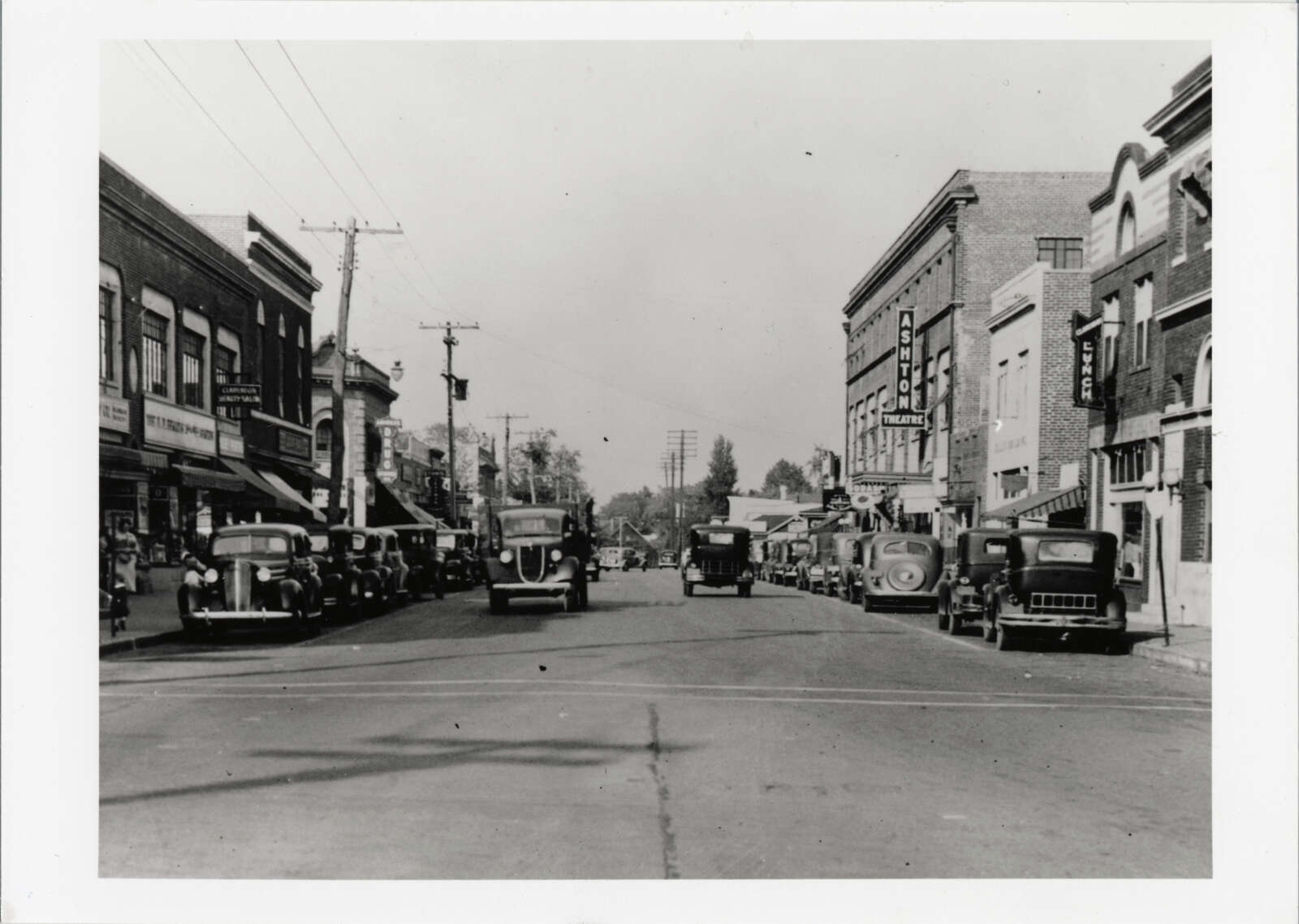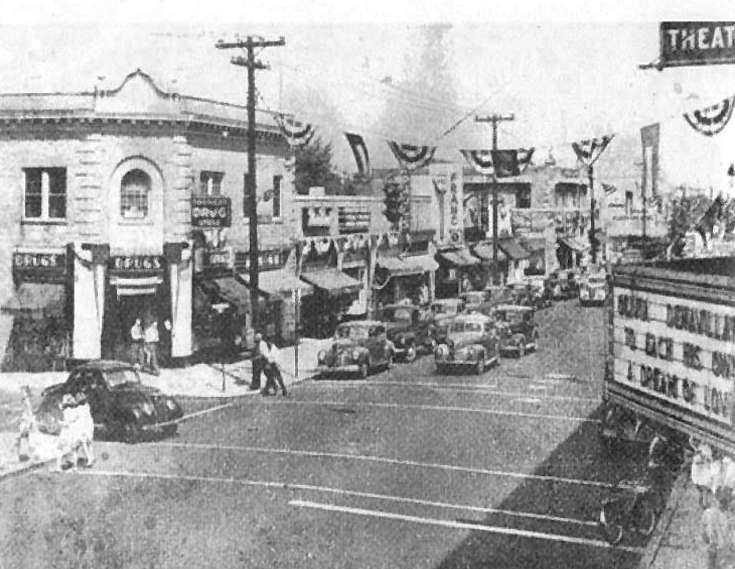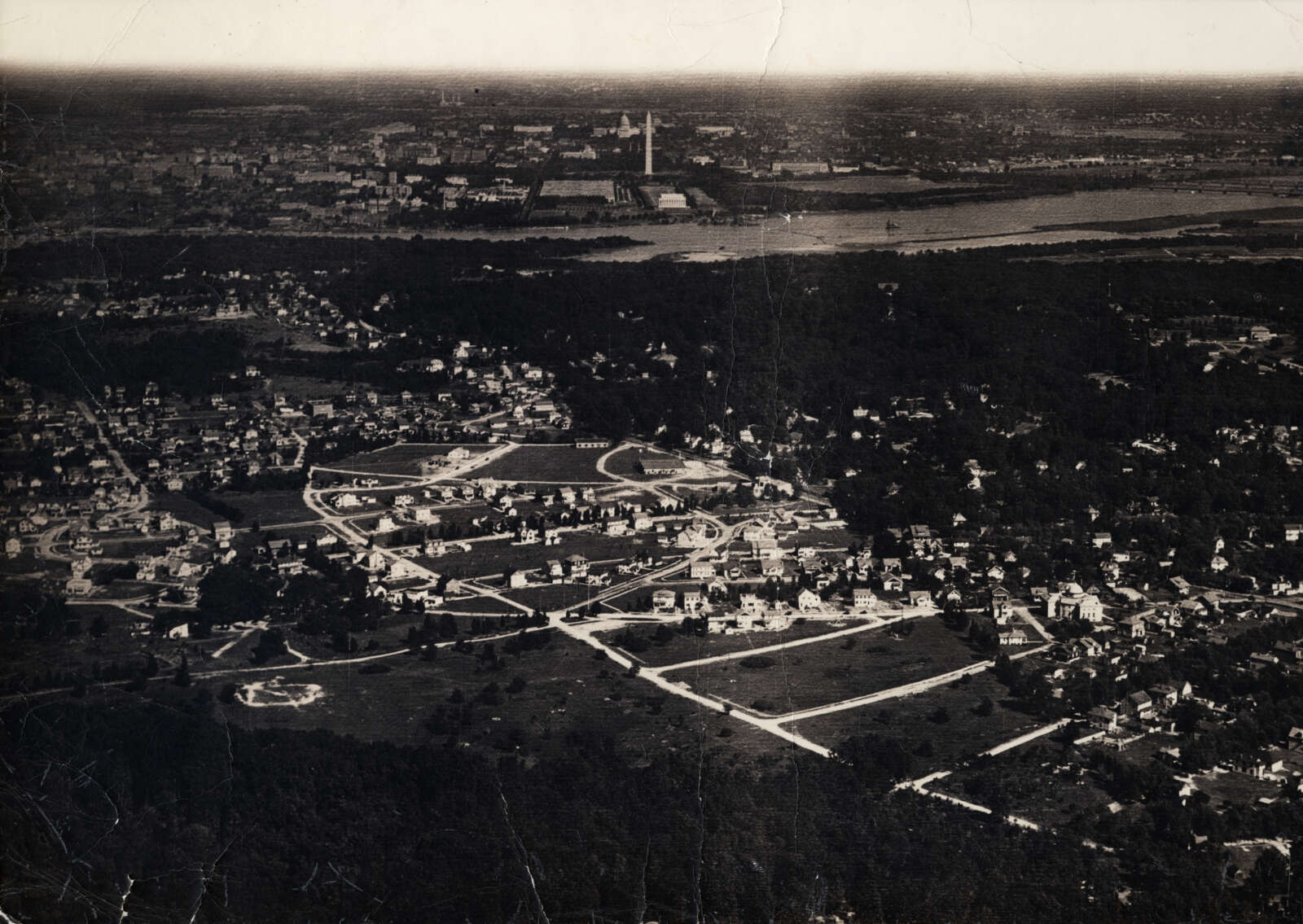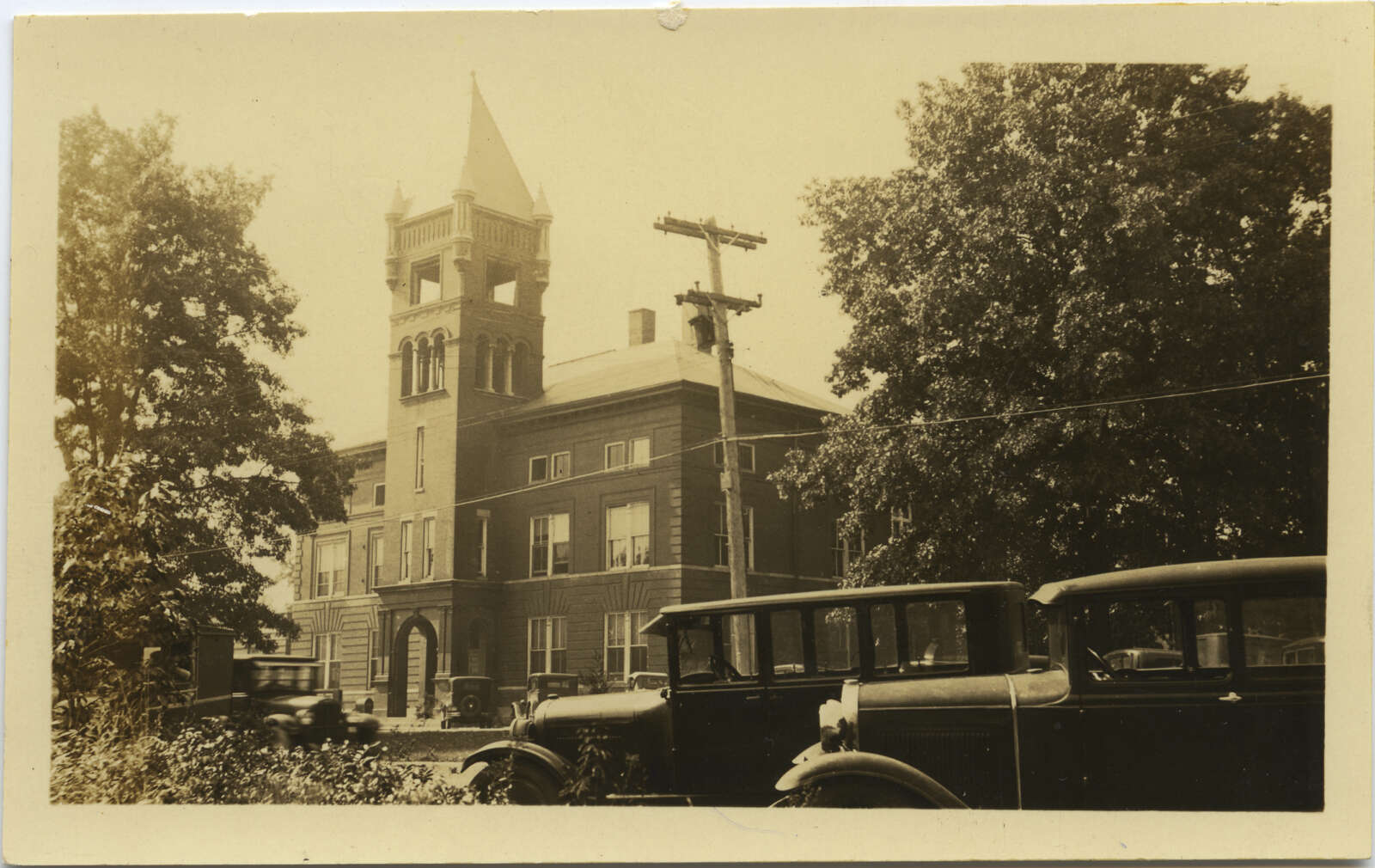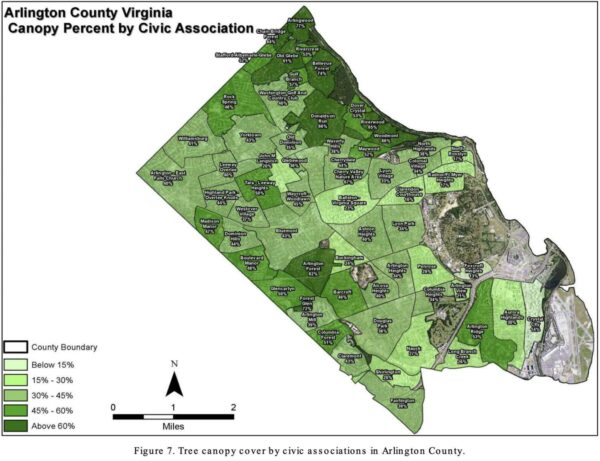
The Arlington County Fair will open to the public on Wednesday, Aug. 16, continuing a four-decade tradition.
The fair — which features games, rides, food, musical performances and fun for all ages — runs through Sunday, Aug. 20 at Thomas Jefferson Community Center.
The fair is held both outdoors, where the rides and food vendors are, and indoors, where local businesses set up shop and prizes — for everything from cheesecakes to needlework to potted plants — are awarded.
The hours for the outdoor fair activities are as follows.
- Wednesday, Aug. 16: 5-10:30 p.m.
- Thursday, Aug. 17: 5-10:30 p.m.
- Friday, Aug. 18: 2-10:30 p.m.
- Saturday, Aug. 19: 10 a.m.-1 p.m. (sensory friendly hours); 10 a.m.-10:30 p.m.
- Sunday, Aug. 20: 11 a.m.-1 p.m. (sensory friendly hours); 11 a.m.-10 p.m.
During sensory friendly hours, the fair aims to limit loud music and other noises.
Visitors can expect the traditional roundup of entertainment and competitions, as well as a variety of food and drink options. Admission is free, according to the fair’s website. Ride tickets can be purchased for $1.25 online or on site, with each ride typically costing 3-6 tickets, according to the website.
Cole Shows Amusement Company is set to provide the rides and games again this year for adrenaline junkies.
An Entertainment Tent is set to open on Saturday and Sunday to feature performances from local musicians. The fair will also host free programming for families at the Kids Court, including an obstacle course and performances by Drew Blue Shoes, a regional magician, according to an online schedule.

Fairgoers can indulge in a variety of classic fair foods like fried Oreos, funnel cakes and corn dogs from a variety of vendors and food trucks. If pie is your dessert of choice, enter the annual pie eating contest for $10.
A daily beer garden will serve the very last brews from New District Brewing Co., which closed its doors in May.
Beyond food and drinks, visitors can shop and support local businesses, which will have the opportunity to set up booths and sell their goods at the indoor market from Friday to Sunday. The Night Market, an outdoor shopping expo that began in 2022, will return on Aug. 17, from 5-10:30 p.m.
Community members are invited to showcase crafts, baked goods, foods, fine arts, photography, plants and more for the annual creative exhibits. The theme this year is, “A Fair for All,” according to the fair’s creative exhibit guide. Registrations will be accepted until Aug. 14.
The county fair is aiming to be waste-free this year. Efforts include expanding recycling and compost efforts, banning styrofoam, single-use plastic straws and ketchup packets, and encouraging car-free transportation to and from the event, according to their webpage.







